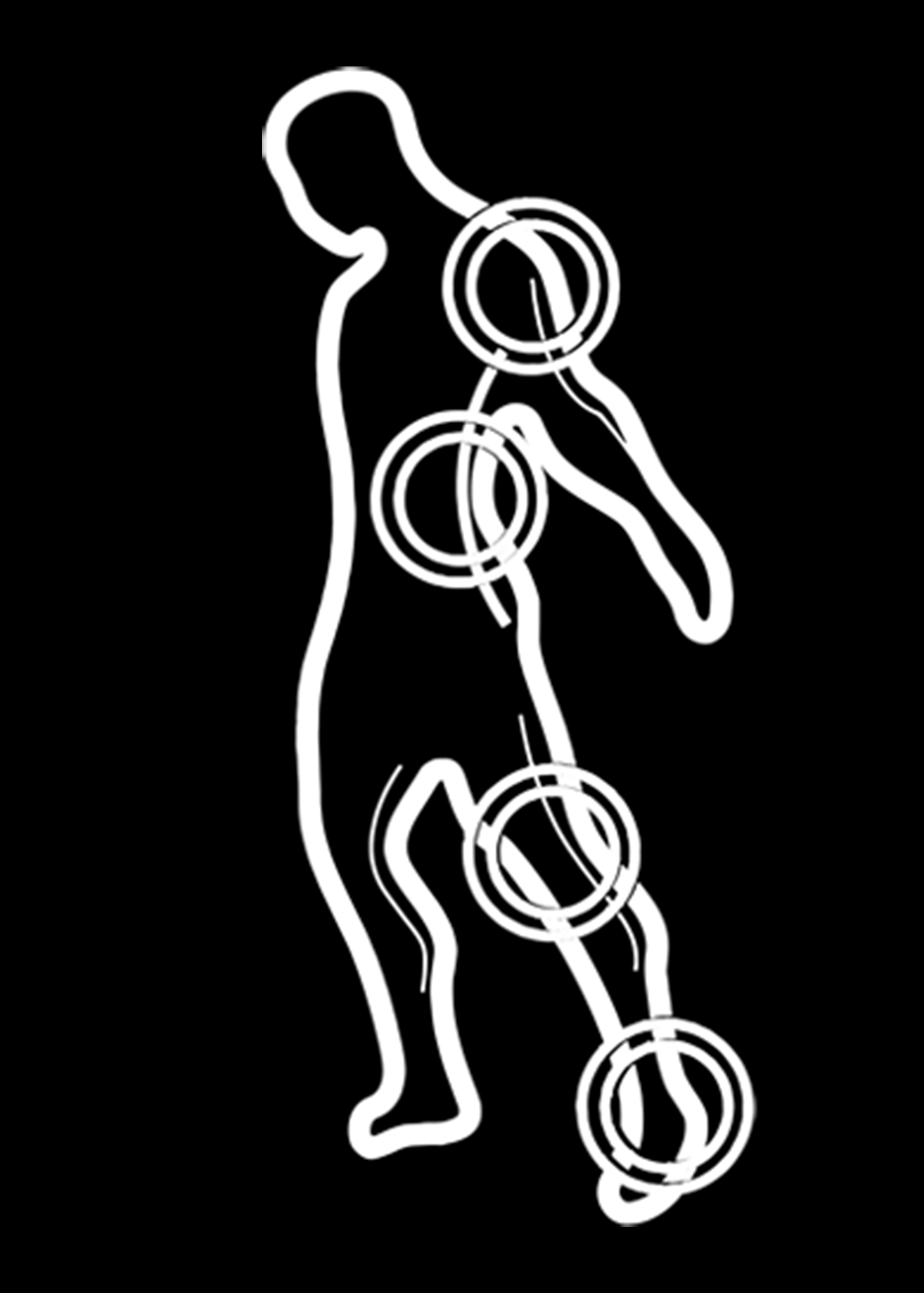There is alot of pain going around. People suffering from a severe illness. Family members grieving over lost ones. Financial pain. One area in your life that you can have some control over is your body. Taking care of your musculoskeletal system will keep you from experiencing pain, racking up medical bills later on in life and keep you in a functional state. If you want to be able to pick up your kid and not worry about your back going out, take a jog without knee pain, or get rid of that pesky neck tension that you keep attributing to stress, your joints and muscles will need some attention like you give other aspects of your life. Here are 5 things you can do to improve your muscular and joint health through these turbulent times:
1) Take a deep breath (and not for the reason you think) - Many people start to have rib mobility issues as they get older which can have a big impact on shoulder and neck health. When you stop exercising and become more sedentary, you don’t get as much expansion of the ribs and you know the saying, if you don’t use it you lose it. Try taking 10 deep breaths a day in a row with focus on your ribs expanding (I know people like belly breathing, but that’s another discussion). Each breath should be deeper than the last one. You can actually get some oxygen to the brain and keep your rib cage loose.
Alternate Exercise: Want to take it to the next level, try using some shoulder movement to assist your rib cage with Deep Breathing with Shoulders
2) Become more stable - As much as you want those 6-pack abs, the beaches are closed so what’s the point? Instead, focus on core stability. Keeping your core stable is the best way to avoid back strains and promote proper muscle activation (see #3 about Glutes) and posture.
Try Core Stabilization for Beginners before moving on to Advanced Pelvic Stabilization with Rotation
3) Don’t go GLUTEn free (sorry for the horrible play on words) - Isolating and tightening each glute muscle is key to keeping your back relaxed. The glute muscles are possibly the most inhibited muscles in the body due to various reasons (excessive sitting, improper exercising technique, etc.) Keep them on at all costs by activating them during walks, when sitting down (or standing back up) and even activating them while lying down while watching Netflix.
Alternate Exercise: Bridging and Advanced Bridging Progression
4) Build your arch - Tight calves and improper gait patterns can lead to flat feet (which takes a toll on the whole body). Try building your arch muscles in the foot and lengthen your calf muscles to improve the area of the body that takes the most impact with standing and walking. These joints accept all the force and translate that force up the body, but don’t get nearly the attention they deserve. Without good feet and ankles, you don’t stand (pun intended) a chance.
Try the Calf Stretch with Arch everyday for a better translation of force during walking which leads me to….
5) Go for a walk (and not for the reason you think) - Yes, walking can get you fresh air and a reprieve from the cabin fever everyone is experiencing. It can also maintain the hip flexibility that allows you to take long strides. If you are sitting or lying down more, chances are your hamstring and hip flexors are tightening up.
Alternate Exercise: Forward and side lunges in place (Not a fan of walking lunges because of the lack of control and stability)
Dr. Joshua Mazalian, DPT, OCS, CSCS is the owner of JAM Sports and Spine and Co-owner of LA Orthopedic and Pediatric Physical Therapy in Los Angeles and specializes in sports and orthopedic physical therapy. You can reach him on Twitter and Instagram @jamsportsPT and Facebook as well as email at info@jamsportsandspine.com. For pediatric patients, please email us at info@laoppt.com.
Note: JAM Sports and Spine Physical Therapy and LA Orthopedic and Pediatric Physical Therapy are proud providers of TeleHealth Physical Therapy
